Choosing the right service means choosing a trusted business partner
QuickTake
THE FACTS: In early 2014, it was easy to see that drones themselves (the aircraft) would quickly become commoditized and their value would come not from what they could do but from the data they collect. In a piece titled “Drones Revolution Means Big Data Cloud Services,” I wrote:
Cloud-based services are the future. You can buy a decent image-capture drone off the shelf for about $1,200 US, but that doesn’t make you an image information specialist. The first thing you need to realize is that flying a drone and taking pictures is merely the first step in the data collection process. Images need to be corrected, calibrated, processed, stored, and evaluated. For precision agriculture and mapping, data quality and post-processing are critical to getting real value from the images.
My conclusion back then was:
This is the future of small drones, and I suspect as their use and applications increase, small and medium business niche service providers will flourish. And as they flourish these firms will differentiate themselves based on processing speed and the salience of their insights. Certainly the use of a cloud-based in-memory computing platform to accelerate analytics, processes, and predictive capabilities will be foundational to that differentiation.
So here we are in 2016, and Part 107 pilots are flourishing, but needing to differentiate – and success will come in part from the services offered the customer.
The good news is the current wave of development and innovation in online drone data services is focused on mapping and analytic solutions that drone business service providers can use to help customers solve real world problems – problems like infrastructure decay, crop yields, stockpile inaccuracies, improper construction sequencing, mining site logistics, etc. With so many choices, it can seem hard to know which one you should use. What advantage does one have over another? Unfortunately, the answers are not simple. A lot depends on your business model, your target market, what functions you need, and quite frankly how much you are willing to spend. With that in mind, I’ll outline below some simple criteria to help you evaluate the various web-based mapping and imaging services for drones.
Click on the image for a larger view.

THE PLAYERS: This lists most (but not all) major cloud-based drone data service providers that are (mostly) drone agnostic:
- 4DMapper
- AirGon
- AgVault
- Airware
- DataMapper
- Drone2Map for ArcGIS
- DroneCloud
- Drone Data Management System™
- DroneDeploy
- Dronifi
- DroneMapper
- FarmLense
- Forge
- Maps Made Easy
- Propeller
- Skycatch Commander
- Trimble InSphere
THE TIPS:
- Know your business objectives — and ensure your provider does, too. Before signing up with a drone data mapping or imaging service provider, make sure that provider is fully committed to understanding the use case and the industry vertical you serve. Not all do. Some providers have more experience in one industry vs. another. For example, they may promote the functionality to serve mining when in fact their core functionality is based on serving agriculture.
- Know who’s behind the curtain – Choosing a data service provider means you are choosing a business partner. Businesses come and go, and enterprises should ask hard questions about the portability of their data to avoid lock-in or potential loss if the business fails. So, if you are interested in the long term viability of that partner it’s always good to know who owns it, runs it, and funded it. For some vendors, this is easy. For others it may take some digging. For example, DataMapper is owned by PrecisionHawk. That was easy. But did you know FarmSolutions is owned and run by the parent company of Dronifi?
- Pay attention to security, not just cost — Security and cost are also significant factors. Unfortunately, comparing vendors’ costs and security prowess isn’t always easy. In many cases, it’s simply not an apples-to-apples comparison. What’s more, tracking down information related to a provider’s costs and security strategy can be tough, but here’s what you want to know:
- Access privileges: Service providers should be able to demonstrate they enforce adequate hiring, oversight, and access controls to enforce administrative delegation.
- Regulatory compliance: You and your enterprises client are accountable for the data you collect — even when it’s in a cloud service. You should ensure the service provider you pick is ready and willing to undergo audits.
- Data provenance – When selecting a provider, ask where their datacenters are located and if they can commit to specific privacy requirements – especially if you are serving agriculture. The farmer will want to know.
- Data recovery – You must make sure your service provider has the ability to do a complete restoration in the event of a disaster. Your enterprise customer will ask.
- Check the box – When people ask me what’s the best drone service my answer is always “the one that best meets your particular requirements.” If you don’t already have a list of requirements, then it’s time to get cracking. Here’s a starter list. Note that some of these may not apply to the industry you want to serve:
– Mosaic creation
– Ortho-rectification
– 3D point clouds
– Digital elevation models – including digital surface models (DSM) and digital terrain models (DTM)
– Crop health analysis tools (like NDVI)
– Volume measurements
– Plan overlays
– Change detection
– Manual or automatic shape identification
– Feature extraction
– Object recognition
– Annotations
– Automated reporting and task management tools
– APIs and outputs for use in GIS, CAD and building information modeling (BIM) software.
– Audit history - Check their speeds and feeds – How fast do you want results? How do you want to see it? Do you need a preview? Do you want to access and enjoy full functionality on a mobile app, or is a using web browser all you need? These all matter – and may matter more to your client than to you.
BOTTOM LINE: At this time, the drone industry appears to be rich with online drone data services. Keep in mind there are data services like Kespry and SiteScan which are cloud-based but packaged together with drones. You may want to consider them as well. And then there are desktop and server-based data analytic software solutions like Pix4D and SimActive and Lockheed’s new Hydra Fusion Tools. These, too, may better fit your needs. Either way, you’ll want to do the same kind of evaluation because in the end they become your business partner.
 Colin Snow is CEO and Founder of Skylogic Research, LLC (aka Drone Analyst®), a research, content, and advisory services firm for the commercial drone industry. Colin is a 25-year technology industry veteran with a background in market research, enterprise software, electronics, digital imaging, and mobility.
Colin Snow is CEO and Founder of Skylogic Research, LLC (aka Drone Analyst®), a research, content, and advisory services firm for the commercial drone industry. Colin is a 25-year technology industry veteran with a background in market research, enterprise software, electronics, digital imaging, and mobility.
Alan is serial entrepreneur, active angel investor, and a drone enthusiast. He co-founded DRONELIFE.com to address the emerging commercial market for drones and drone technology. Prior to DRONELIFE.com, Alan co-founded Where.com, ThinkingScreen Media, and Nurse.com. Recently, Alan has co-founded Crowditz.com, a leader in Equity Crowdfunding Data, Analytics, and Insights. Alan can be reached at alan(at)dronelife.com

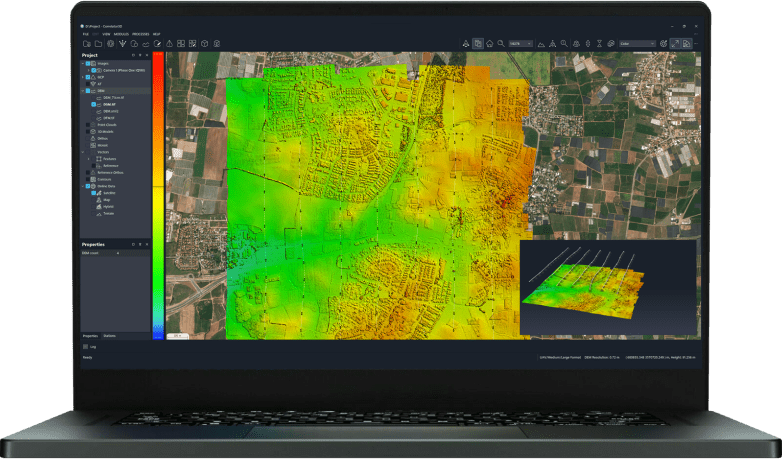
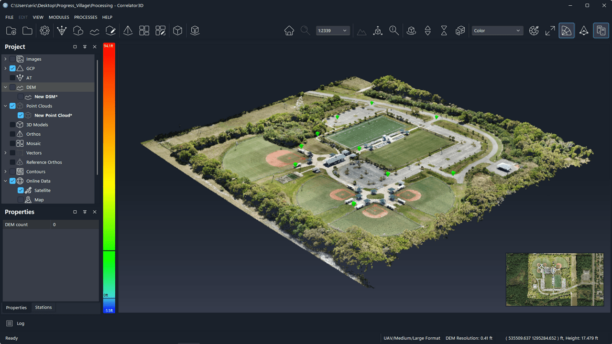
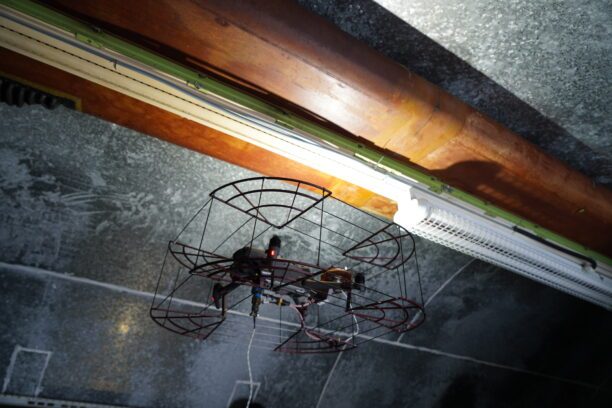
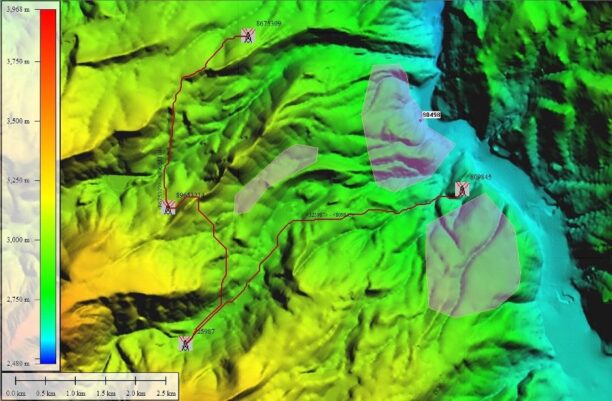
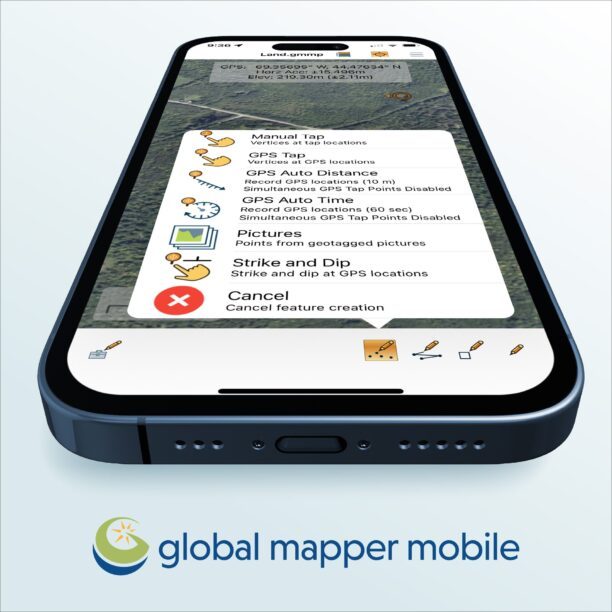

It is important that you should know your business objective. You must also ensure your provider does, too. Before signing up with a drone data mapping or imaging service provider, make sure that provider is fully committed to understanding the use case and the industry vertical you serve. This is really informative article. We learned so much.